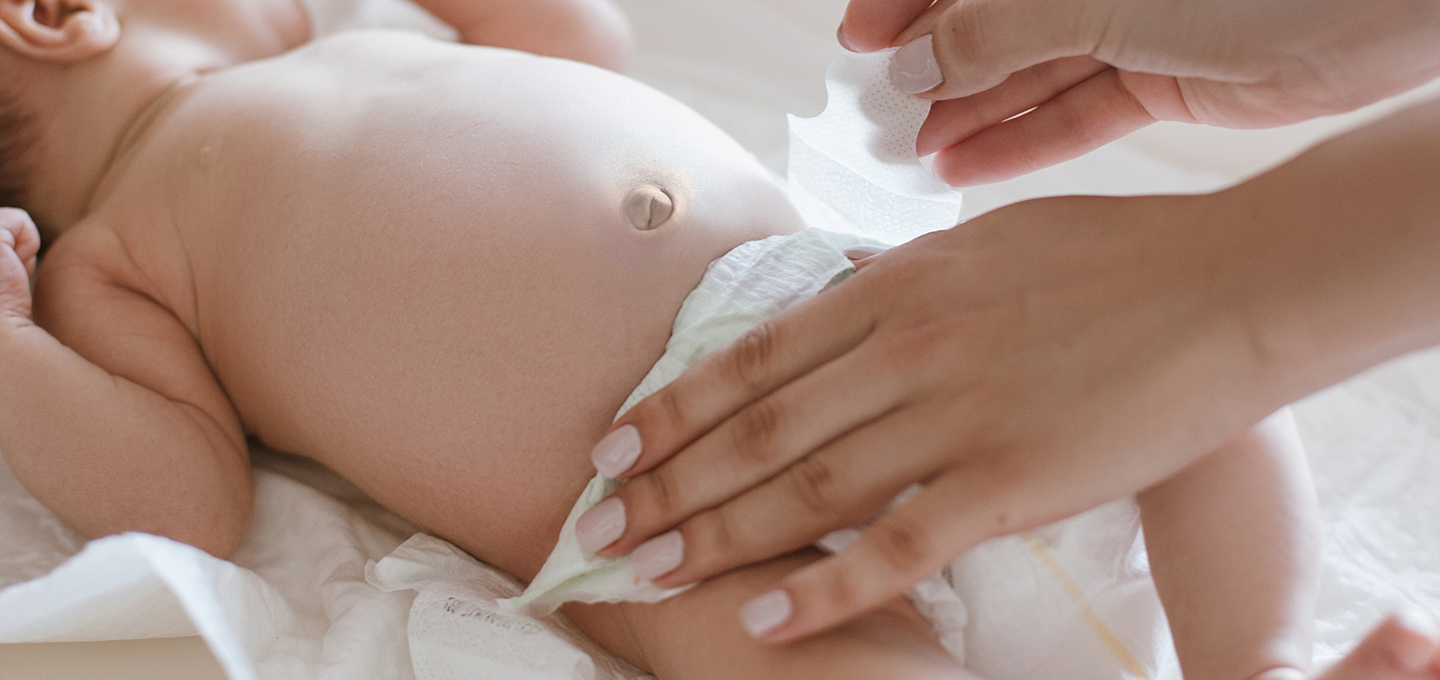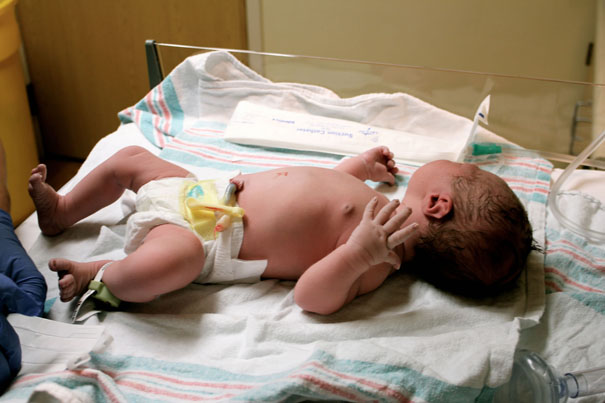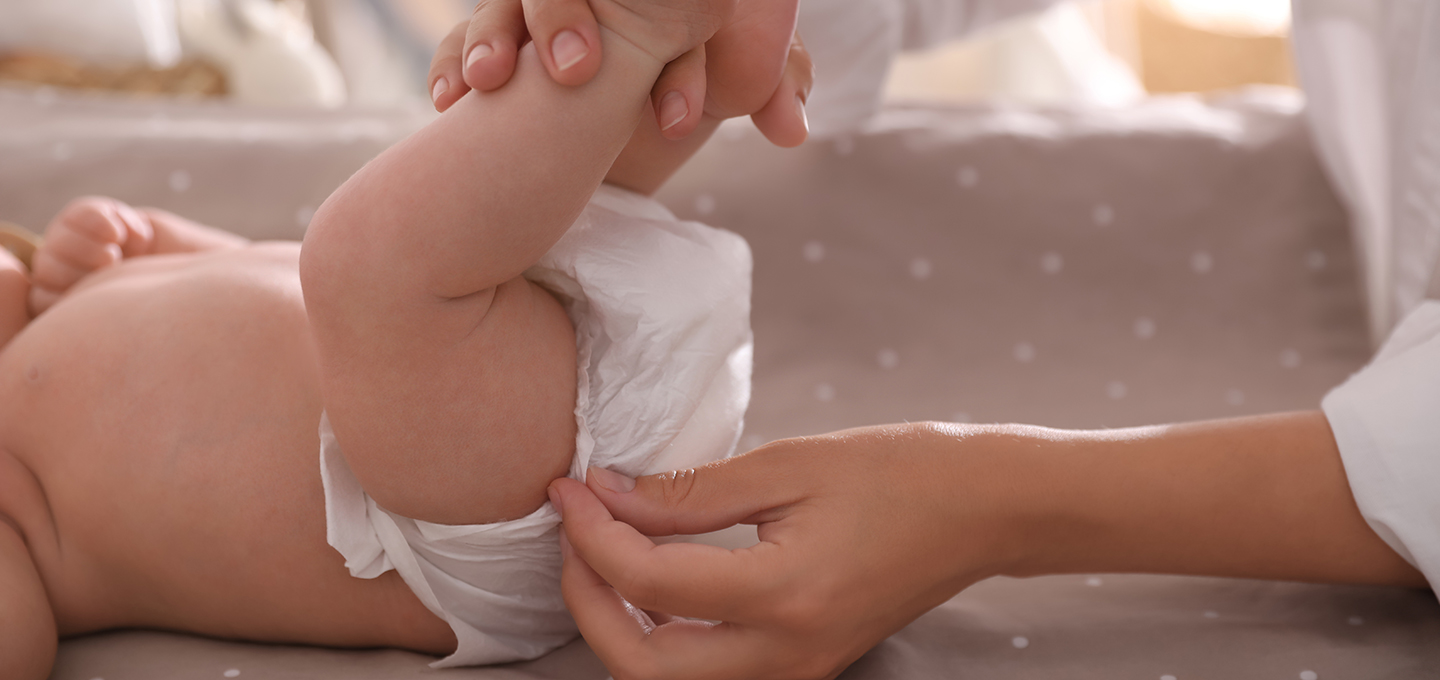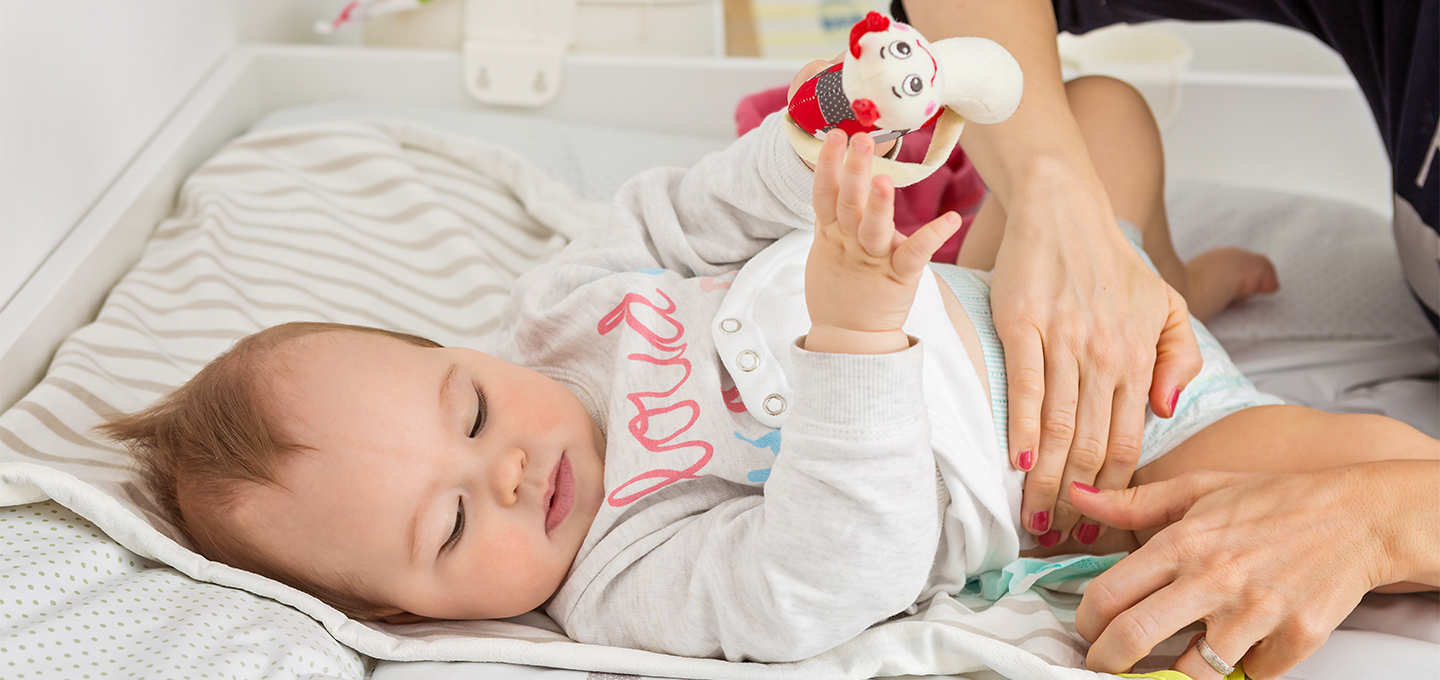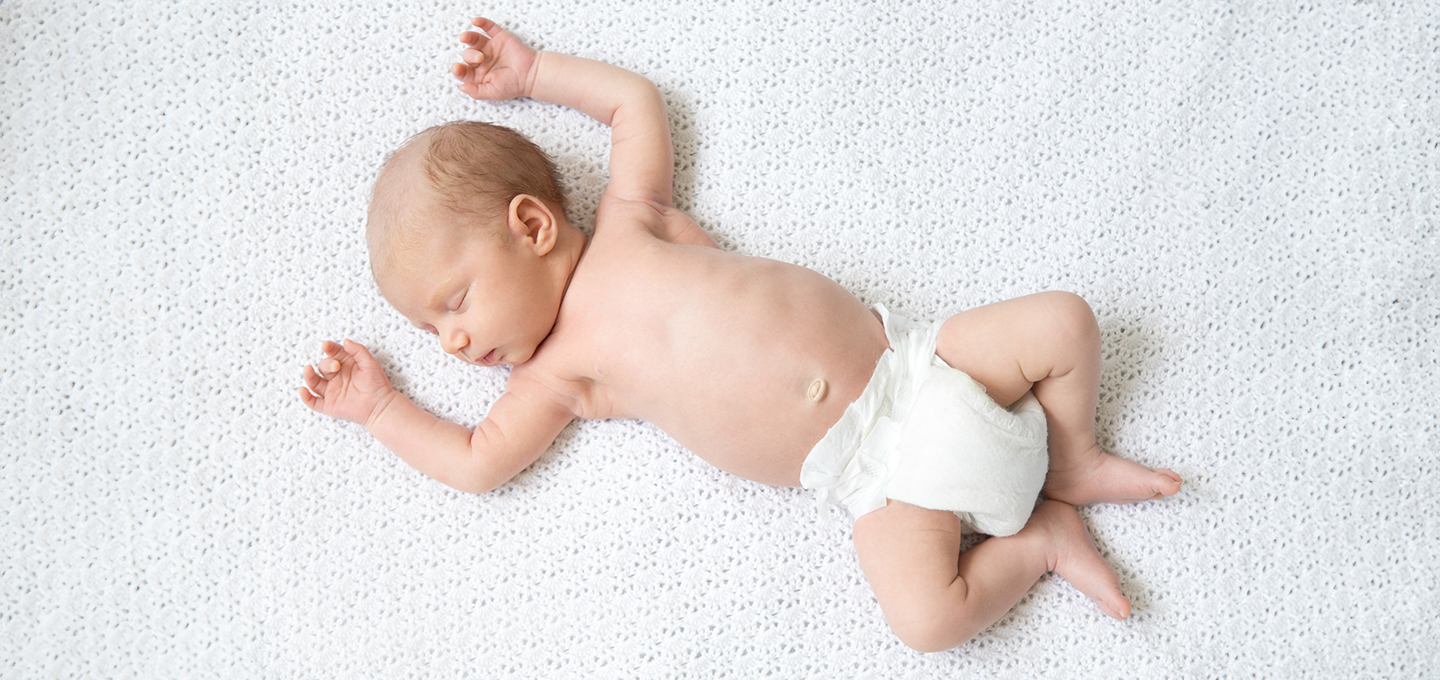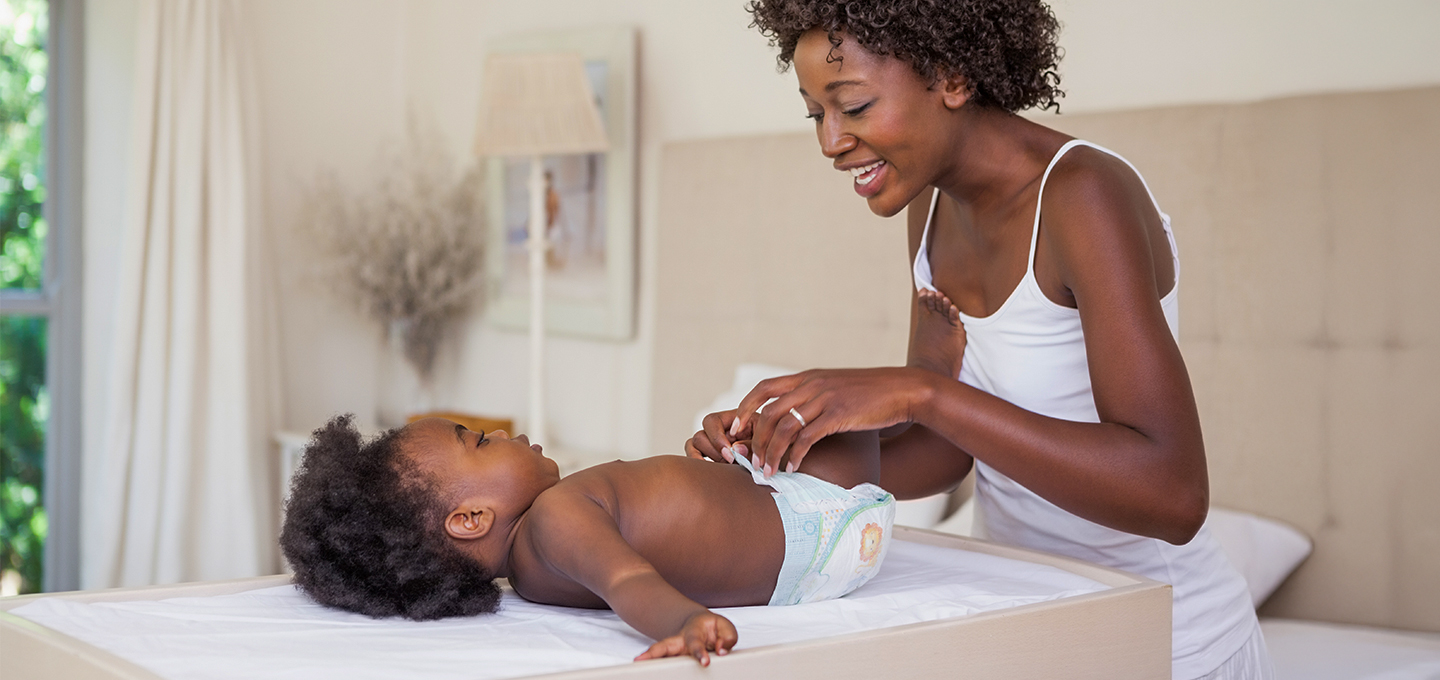
Understanding Baby Pee: Wet Diapers, Frequency, Color, and Smell


Understanding baby pee is an important part of monitoring your newborn’s health. In the first few days after birth, it's normal for baby pee to be light yellow or even hard to see. You might even notice a pink or orange tint in the diaper, which can be mistaken for blood. This is usually caused by harmless urate crystals, common in the first 3–5 days as babies adjust to feeding and hydration. As your baby starts feeding more regularly, urine becomes clearer and more frequent.
Key Takeaways
By learning what’s typical and what might signal a problem, you can better support your baby’s health. Let’s dive deeper into what baby pee can tell you and when to call your healthcare provider.
Try our free tool, the Pee Poo Analyzer to learn more and discover some helpful tips!
How Many Wet Diapers Should a Newborn Have?
It’s common to wonder how often a newborn should pee as you track those diaper changes. Within 24 hours after birth, your newborn will likely pee once, so you can expect one wet diaper. In the following days, and as your baby consumes more milk, the number of wet diapers increases. After about a week, you can typically expect at least six wet diapers per day for your newborn.
Counting the number of wet diapers each day can help you understand your baby’s regular peeing routine and indicate how your little one is doing. Healthy urinary frequency in babies varies widely;
some babies may urinate every one to three hours, while others do so only four to six times a day.
But in general, you’ll want to look for around six wet diapers each day.
If you want to know how many wet diapers per day by age, it’s recommended to go by weight and size rather than age. Here’s a handy chart to help you figure out how many diapers you may need per day for your little one:
What Does It Mean if Your Newborn Is Not Peeing?
If you notice your baby is not peeing very often (fewer than four times a day after day 5), they could
With illnesses, fevers, or hot weather, your baby’s output of urine may drop by half, which is actually quite normal. Once your baby’s health improves and the weather cools, your little one will likely return to their typical pee routine.
If your newborn isn’t eating enough, that may be why they aren’t urinating frequently. When you’re breastfeeding your baby, it can be hard to judge how much your baby is consuming. Look for other signs that your baby isn’t getting enough to eat, which (along with not peeing or pooping) may include the following:
Of course, if your newborn is still not peeing after a fever breaks or a heat wave has passed, when no illness persists, or after feeding, contact your child’s healthcare provider ASAP, especially if your baby doesn’t pee at all within a span of six to eight hours.
What Does It Mean if Your Baby Is Peeing a Lot?
If it seems that your baby is peeing a lot, that’s usually a good thing and typically means they’re getting enough to eat. In your baby's first month, if you’re breastfeeding and your milk supply is well established, having six or more wet diapers per day generally indicates that your newborn is receiving adequate nourishment.
However, if you notice your baby is peeing a lot more than what’s “normal” (such as more than once every hour), look for other signs and contact your child’s healthcare provider if you have concerns. For example, children with a urinary tract infection (UTI) may pee more frequently or show signs of pain or discomfort while urinating, such as crying or body tension.
In Summary
Keep your baby comfy, happy, and thriving. Our quiz helps you find the perfect diaper.

Newborn Pee Color
Pale yellow urine is typical; a very dark yellow color may signal dehydration.
The color of newborn urine is generally similar to that of an adult’s, in that the urine of healthy newborns has a yellowish color, ranging from light to dark. Darker shades indicate concentrated urine, which may mean that your baby is slightly dehydrated. But in general, a healthy newborn's urine color is a shade of yellow.
Although your baby’s urine may occasionally vary in color, many shades are perfectly normal and not a cause for concern, while others could signal a potential issue.
You’ll find our Baby Urine Color Chart below, and more details about the various shades of newborn pee, which might include tints of light yellow, dark yellow, pink, red, orange, or brown.
Light to Dark Yellow Baby Pee
As mentioned above, if your baby’s pee is yellow (especially a light shade of yellow), this is generally a healthy sign. It means your baby is getting enough nourishment and peeing regularly. The darker the yellow color, the more concentrated the urine. Although a healthy baby can have dark-yellow pee, this color could also indicate that your little one needs to consume more liquids (in the form of breast milk or formula) to stay hydrated.
Keep in mind that babies younger than 6 months should only drink breast milk or formula to stay hydrated. Once your little one turns 6 months old, you can start introducing small amounts of water.
In Summary
Newborn pee that’s a yellow color is healthy and normal. The lighter the color, the better. When baby pee is dark yellow, it usually means the urine is highly concentrated and your little one may need some more fluids (only breast milk or formula if younger than 6 months).
Pink, Orange, Red, or Brown Baby Pee
A pink, orange, red, or brown hue to your baby’s pee can mean a few different things. Some conditions are temporary, some are harmless, and some need medical attention.
Pink
It’s easy to assume that a pink spot in your baby’s diaper is blood, but this is often just highly concentrated urine. As long as your baby is peeing a lot, then there’s likely no cause for concern. However, if this color persists, contact your child’s healthcare provider.
Baby girls: If you notice a pinkish stain in the diaper or what looks like blood in your newborn’s urine during the first week after birth, this is commonly caused by the birth parent’s hormones. If your baby girl continues to have pink spots on her diaper or pink pee after she turns 1 week old, contact her healthcare provider. Blood spots in your baby’s diaper or urine after the first week for baby girls (or in general for baby boys) are not normal.
Orange, Red, or Brown
An orange, red, or brown tint may indicate the presence of blood in your newborn’s urine. Whether you have a baby boy or girl, blood in pee (after 1 week for girls) is not normal and usually means there’s a problem. The medical name for this condition is hematuria, and it can be caused by many things, including
If you suspect blood in your newborn’s urine and see a pink, orange, red, or brown tint, contact your child’s healthcare provider. If it’s hematuria, the provider can address it quickly.
However, once your baby is past the newborn stage and you’ve introduced solid foods, these colors could be a result of your baby eating something colorful, like beets or blackberries. Either way, you’ll probably feel better once you contact the healthcare provider, who will identify the underlying cause and make sure your little one gets any necessary treatment.
In Summary
Pink-hued baby pee is typically caused by highly concentrated urine, whereas red, orange, or brown colors could indicate the presence of blood. Blood in the urine is not normal and usually requires medical attention, so contact your child’s healthcare provider immediately.
Red or Brown and Cloudy Baby Pee
If you notice cloudy urine accompanied by a color change, it could be a urinary tract or kidney infection. A kidney infection is actually a type of UTI, so these can go hand-in-hand. Contact your child’s healthcare provider if you notice cloudy urine, especially if it also has a red or brown hue.
In Summary
What does cloudy urine mean? Cloudy urine with the presence of blood may indicate a UTI or a problem with the kidneys. Contact your child’s healthcare provider immediately.
“Brick Dust” Baby Pee
A common descriptor of a red-brown hue in baby pee is “brick dust.” It looks a bit like dust from red bricks sprinkled into the urine, often mistaken for blood. When you see this in your baby’s pee, it could mean they’re not nursing enough or consuming enough formula. This “dust” in your newborn’s urine is actually urate crystals, which should generally disappear once your baby consumes more fluids and nutrients. If this persists or you’re unsure about what you’re seeing, always contact your baby’s healthcare provider.
Blue or Green Baby Pee
Blue or green-colored pee in babies is unusual. These tones in urine are usually caused by certain medications, foods, or food coloring. If you notice your baby’s pee is blue or green, it’s best to contact their healthcare provider, especially if it persists.
Here are some common questions from parents:
Can baby pee change color as they grow? Yes. As your baby gets older and their diet changes, pee may vary slightly in color and smell, but it should remain pale yellow overall.
Can teething or new foods change how my baby’s pee smells? Teething and diet changes can affect hydration and sometimes cause mild changes in odor or frequency. As long as your baby seems comfortable and is peeing regularly, it’s usually fine.
Baby Urine Color Chart
Much like our color chart for newborn poop, we’ve created one for pee, so you’ll have an easy guide as to what your baby’s urine may be telling you.
Infant Urine Smells
Along with concerns about your newborn’s pee color, you may also wonder what it means when your baby’s urine is especially smelly. Sometimes, colorful pee and smelly pee indicate the same thing.
Strong Smelling Urine in Babies
A mild odor is normal; a strong/foul smell with other symptoms warrants contacting a healthcare provider.
Wondering, “Why does my baby’s pee smell so strong?” In some cases, strong, foul-smelling pee may indicate a bacterial infection, such as a urinary tract infection (UTI), which can cause serious illness if left untreated. When a baby’s pee has a strong smell, kind of like ammonia, look for signs of an infection, which include blood in urine, plus cloudy and smelly pee. Babies with a UTI may also have a fever, start peeing a lot more frequently, or show signs of discomfort while urinating.
Toddlers can get UTIs, too, and when that’s the case, they may complain about pain while peeing, need to pee frequently, or have accidents during or after potty-training. Consult your child’s healthcare provider if your baby’s pee smells foul or strong like ammonia, or if they have any of the above symptoms.
However, a strong pee smell doesn’t always indicate an infection. If your breastfed baby’s urine smells strong and is highly concentrated with a dark yellow color, your little one may be dehydrated. Giving your baby more fluids (just breast milk or formula until 6 months old) will typically do the trick.
Diet and medication can also be reasons that a baby's pee smells strong. Check in with your little one’s healthcare provider with any concerns about this.
Sweet-Smelling Pee
This may sound a little odd, but your baby’s pee might smell sweet like maple syrup. This odor indicates a rare, serious illness called Maple Syrup Urine Disease (MSUD), which typically shows signs either within the first three days of birth or between 5 months and 7 years. It’s a metabolic disorder that stops the body from properly converting food to energy.
Diabetes is another disease that can cause pee to smell sweet. Because both diabetes and MSUD are very serious conditions, contact your child’s healthcare provider if you notice a sweet smell to your baby’s pee.
Baby Pee: Breastfed Vs Formula Fed
Does your breastfed or formula-fed baby’s urine smell strong? And are you wondering if there’s a difference in the smell? While some parents notice a difference in the smell of a baby’s urine depending on feeding type, medical guidelines do not confirm a consistent, feeding-type-specific odor difference. More pertinent factors include hydration, urine concentration, and whether there’s an infection.
Here are some common questions from parents:
What’s the best diaper for keeping a baby dry? Choose a super-absorbent diaper that fits snugly without leaks. Pampers diapers are designed to lock in wetness and keep your baby’s skin dry and healthy.
Can diaper type affect how wetness looks or feels? Yes. Some diapers absorb moisture so well that wetness is hard to detect. Some Pampers diapers have a Wetness Indicator so you know when it’s time for a change. You can also check every few hours to make sure your baby stays dry and comfortable.
FAQs at a Glance
Healthy baby pee is yellow, whether light or dark or somewhere in between. The darker the shade of yellow, the more concentrated the urine.
You want your baby to be well-hydrated, so if they have dark yellow pee, they may need to consume more liquids. Babies younger than 6 months should consume only breast milk or formula. At 6 months, you can start introducing water to your baby little by little.
The Bottom Line
Frequent wet diapers with pale urine are a good sign—if you have concerns about the color, smell, or frequency, contact your baby’s provider.
As you’ve discovered, baby pee can sometimes be more complicated than just changing a diaper! Still, those daily diaper changes offer opportunities to monitor your baby’s health. Pay attention to the number of wet diapers, the color of your baby’s pee, and even the smell of your baby’s pee. All of these can reassure you that your little one is thriving or suggest that it’s time to contact your child’s healthcare provider. To sum it up:
Now that you understand the ins and outs of baby pee, you’ll have a better idea of how many wet diapers will come your way and when your baby’s urine (or lack of it) indicates a problem. In the meantime, download the Pampers Rewards App and reward yourself for all those diaper changes with Pampers Cash!
- American Academy of Pediatrics. Caring for Your Baby and Young Child: Birth to Age 5, 7th ed. (New York: Bantam Books, 2019).
- Kids Health: Urinary Tract Infections
- Kids Health: Vesicoureteral Reflux
- Healthy Children: Bowel Movement & Urination
- Kids Health: Blood in the Urine
- Mayo Clinic: Glomerulonephritis
- Mayo Clinic: Kidney infections
- Cleveland Clinic: Maple Syrup Urine Disease
- MedlinePlus: Urine odor
- Cleveland Clinic: Urine Changes
- LLLI: Is my baby getting enough milk?
- NIH: Proteinuria and Hematuria in the Neonate
- Mayo Clinic: Urine odor causes
- Kids Health: Bringing your baby home
- Kids Health: Fevers
- Healthy Children: Signs of Dehydration in Infants and Children
Read more about Baby
Related Articles
Join a World of Support
through Pregnancy and Parenthood.
TRACK WITH TOOLS
LEARN WITH EXPERTS
GET REWARDED

